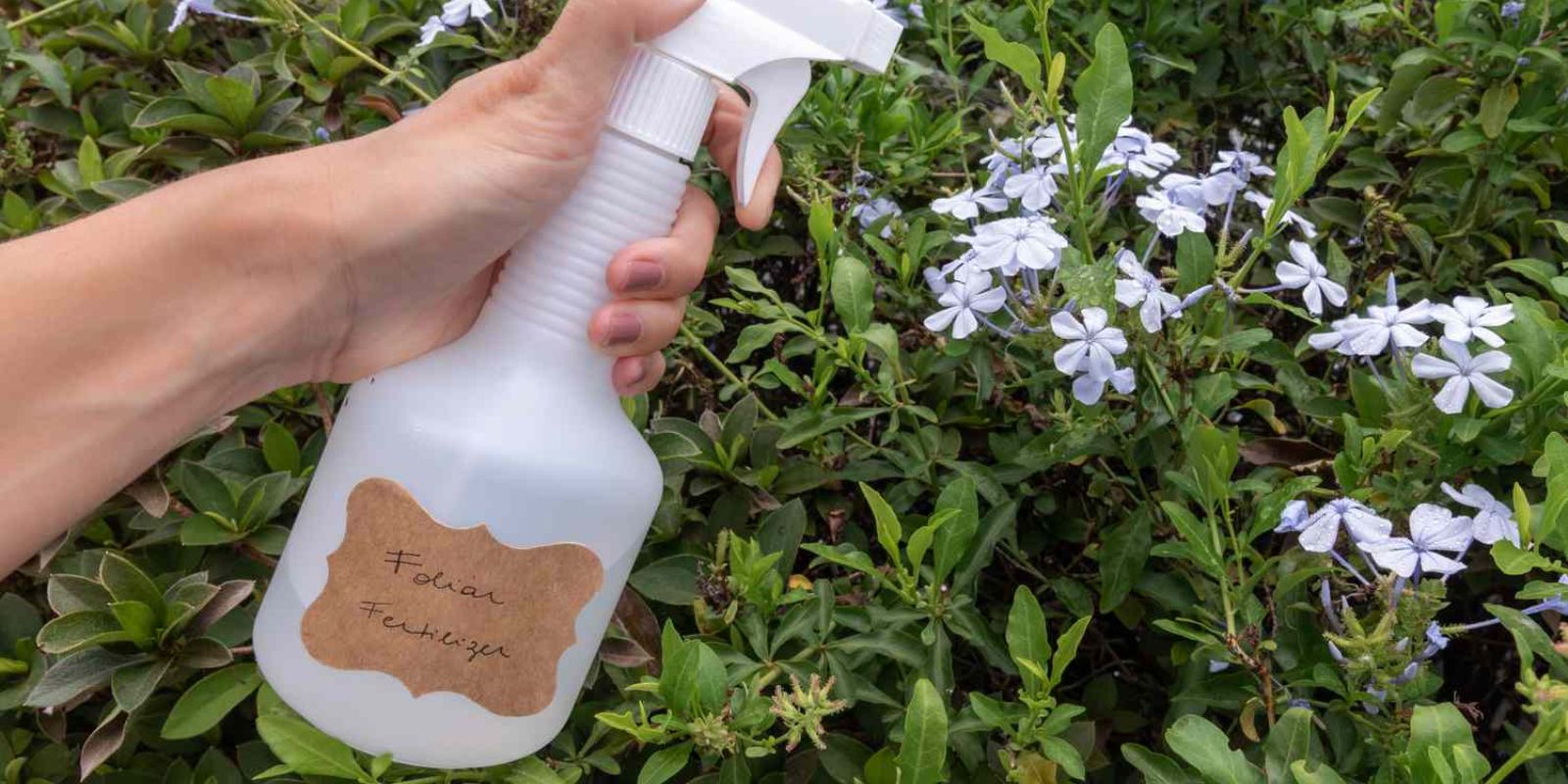Fertilizing flowers correctly is essential for vibrant, healthy blooms. Each type of flower has unique nutritional requirements, and choosing the right fertilizer is crucial to meeting these needs. Whether you’re cultivating roses, lilies, or annuals, understanding how to match fertilizers to your flowers’ specific requirements can transform your garden into a stunning showcase of color and vitality. This guide will walk you through the process of selecting the right fertilizer for different flower types to ensure optimal growth and blooming.
1. Identify the Flower Type
Before choosing a fertilizer, it’s essential to identify the type of flower you are growing. Different flowers have distinct growth habits and nutrient needs. For instance:
- Roses require a balanced fertilizer with higher phosphorus to encourage blooming.
- Lilies benefit from a fertilizer high in potassium to support robust flower development.
- Annuals often need a higher nitrogen content to promote lush foliage and overall growth.
- Perennials may have varying needs based on their growth stage and flowering cycle.
Understanding the specific requirements of each flower type will guide you in selecting the most suitable fertilizer.
2. Understand Nutrient Needs
Each flower type has unique nutritional needs that impact their growth and blooming. Nutrients are categorized into macronutrients and micronutrients:
- Macronutrients: These include Nitrogen (N), Phosphorus (P), and Potassium (K). Nitrogen promotes leafy growth, phosphorus supports flowering and root development, and potassium helps overall plant health and disease resistance.
- Micronutrients: These include elements like calcium, magnesium, and iron, which are needed in smaller quantities but are crucial for plant health.
For example, roses typically benefit from a fertilizer with a higher phosphorus ratio to boost blooming, while vegetables and leafy annuals might need more nitrogen for vigorous foliage.
3. Select Fertilizer Type
Fertilizers come in various forms, each suited to different types of plants and gardening styles:
- Granular Fertilizers: These are dry and need to be applied to the soil. They release nutrients slowly, providing a steady supply over time. They’re ideal for garden beds and larger areas.
- Water-Soluble Fertilizers: These dissolve in water and are usually applied through watering or spraying. They provide a quick nutrient boost and are useful for container plants and quick fixes.
- Organic Fertilizers: Derived from natural sources like compost, manure, or bone meal, organic fertilizers improve soil health and provide a broad spectrum of nutrients. They’re suitable for those looking for a more eco-friendly option.
Select the type that best fits your gardening method and the specific needs of your flowers.
4. Check NPK Ratios
Fertilizers are labeled with an NPK ratio, which indicates the percentage of Nitrogen, Phosphorus, and Potassium. Each flower type may benefit from different ratios:
- High Nitrogen (e.g., 20-10-10): Promotes lush, green foliage and is excellent for leafy plants and annuals.
- High Phosphorus (e.g., 10-20-10): Supports strong root development and blooming, ideal for flowering plants like roses.
- High Potassium (e.g., 10-10-20): Enhances overall plant health and flower quality, suitable for fruiting plants and some perennials.
Choose a fertilizer with the appropriate NPK ratio to meet your flower’s specific needs. For example, if growing roses, look for a fertilizer with higher phosphorus content to encourage more blooms.
5. Follow Application Instructions
Applying fertilizer correctly is crucial to avoid over-fertilization, which can harm plants. Follow the manufacturer’s instructions for:
- Application Rate: Apply the recommended amount to prevent nutrient imbalances or plant damage.
- Timing: Fertilize at the right times during the plant’s growth cycle. For most flowers, this means fertilizing during the growing season and tapering off as they enter dormancy.
- Method: Depending on the fertilizer type, apply it to the soil, mix it into the soil before planting, or dissolve it in water and apply it as a liquid feed.
Proper application ensures that plants receive the right amount of nutrients without the risk of burning or overloading the soil.
6. Monitor and Adjust
Once you’ve applied the fertilizer, observe how your flowers respond. Look for signs of improvement or any issues that might arise:
- Healthy Growth: New foliage, vibrant blooms, and strong stems indicate that the fertilizer is working.
- Signs of Over-Fertilization: Yellowing leaves, leaf burn, or excessive growth with few blooms may signal that you’ve used too much fertilizer.
Adjust your fertilization routine based on these observations. You may need to modify the type or amount of fertilizer used, or change the frequency of application.
Conclusion
Selecting the right fertilizer for different flower types is a key component of successful gardening. By identifying your flower types, understanding their nutrient needs, choosing the appropriate fertilizer type and NPK ratio, and following proper application techniques, you can ensure a lush, vibrant garden. Monitoring your plants’ responses and adjusting your approach as needed will help you achieve a garden full of healthy, blooming flowers.
Motivational Sentence
Empower your garden with the right fertilizers tailored to each type of flower and watch as your blooms transform into a stunning display of colors and vitality, bringing beauty and joy to your outdoor space!

